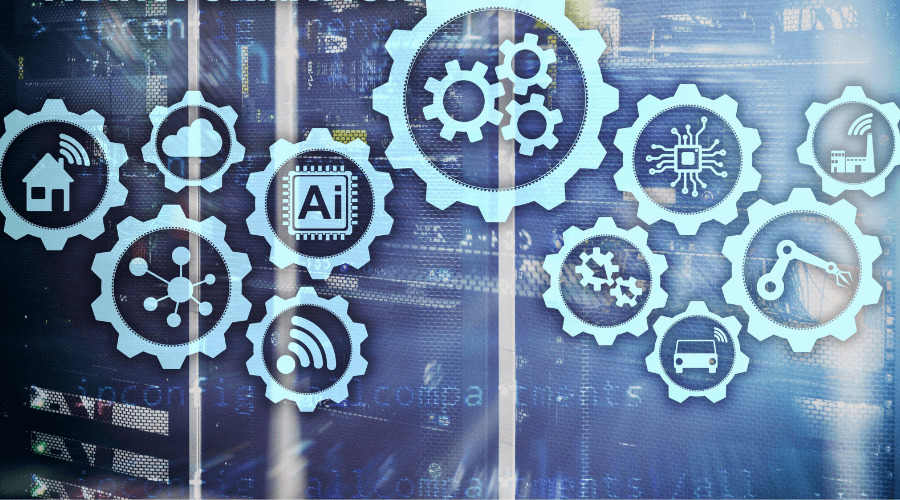The digital transformation of Tax Administrations. Is a new management model emerging?

Recently, the Tax Administration Forum has published a very interesting document entitled in Spanish “Tax Administration 3.0, the path of digital transformation”[1], which invites us to rethink about a new Tax Administration (TA) model that surpasses the current approach based on voluntary compliance.
This is due to the fact that the current model has certain limitations for taxpayers, considering compliance costs[2] and also, for the TAs themselves with high administration costs.
For this reason, the purpose of this document is to comment on the main aspects of the document and then formulate some personal opinions, inviting the readers, as always, to comment them.
The proposed model, called Tax Administration 3.0 (TA 3.0), has as a central characteristic: TA processes are increasingly integrated with the systems used by taxpayers to carry out their operations, which will allow the automation of many aspects of TA and it will bring potentially significant reductions in both compliance and administration costs.
As more interconnections are made between the different systems that taxpayers use to manage their businesses, carry out transactions, and communicate, the more the tax processes can be transferred to said systems, always subject to the appropriate guarantees, that is, respecting the taxpayers’ rights and guarantees.
The management models used today by the TAs have structural limitations, in particular with regard to the ability to substantially reduce fiscal breaches and also to make further substantial reductions in compliance and administration costs.
Therefore, it is said that the new AT 3.0 model has the potential to improve compliance in an increasing number of areas, as it seeks to bring taxation closer to the taxable events and thus significantly reduce compliance costs.
The core elements of the new AT 3.0 model are the following:
Chapter 4 of the document identifies six fundamental pillars of the future TA 3.0:
The intent of the discussion paper is not, of course, to suggest that this is the only possible outcome or that TA is fully automated in the future.
Rather, it is to stimulate a debate on the best way to work collectively, inside and outside the TAs, on the basic components of a new way of administering taxes, more closely aligned with the systems used by taxpayers.
FINAL THOUGHTS
I understand that the digital transformation processes of governments must put citizens at the center of their action and allow simplifying taxes, reducing compliance costs for taxpayers and the costs of administration of the tax system.
It seems to me a totally innovative proposal that the tax administration systems adapt to those used by taxpayers, thus seeking to reduce compliance and administration costs.
The document, as I understand, invites us to rethink the future of the TAs, since today we are witnessing a historic moment in terms of the digitalization of governments and TAs.
The digital transformation led by modern technology such as AI is changing the ways of doing business and our lives in various aspects and that is why I believe that countries and tax administrations must also change their way of managing taxes.
Obviously, not all TAs have the same degree of digitalization, the same human and material resources, or the same social reality to carry out their management, but perhaps one of the most important aspects of the document is to invite us to rethink a new model of TA, implying a paradigm shift with respect to the current one.
At this point, the most important thing is that if the TAs focus on where they want to go and how they can get there, this will help make better decisions regarding the digitalization processes currently underway.
I am convinced that this digital transformation will take some time, especially due to the need to share the costs of the change in the model for the TAs and taxpayers and because basically it will require a strong joint work of governments with citizens, involving different actors both from the public and private sectors, so the road will not be easy.
But I definitely believe that the future management model of the TAs will be more similar to that of AT 3.0 to which we are invited to debate the model than the one currently in force.
What do you think about this?
[1]https://www.oecd.org/tax/forum-on-tax-administration/publications-and-products/tax-administration-3-0-the-digital-transformation-of-tax-administration.htm
[2]Compliance costs are basically the costs incurred by taxpayers to comply with their tax obligations and include two components, on the one hand, the time used to comply with tax obligations and, on the other, the payment of fees to their tax advisers.
4,235 total views, 2 views today
